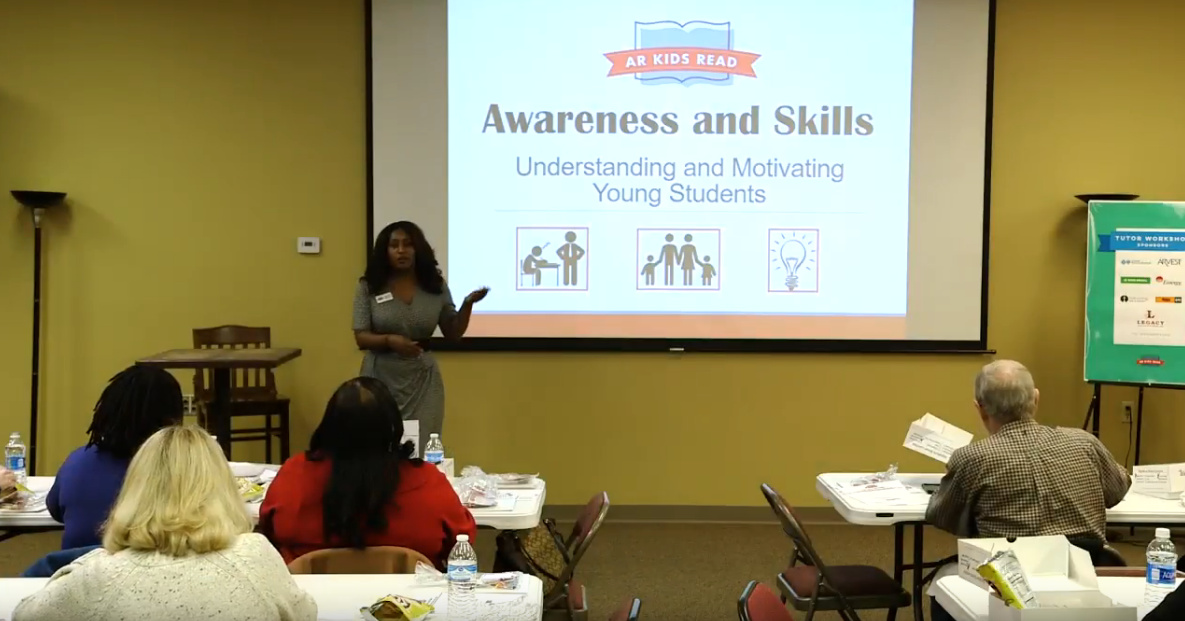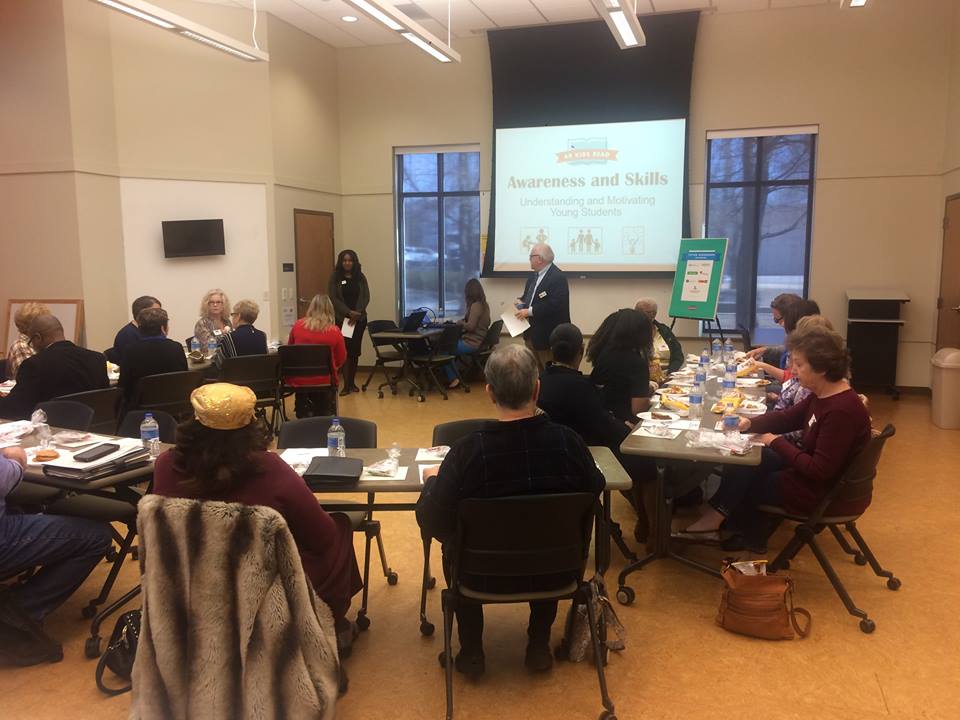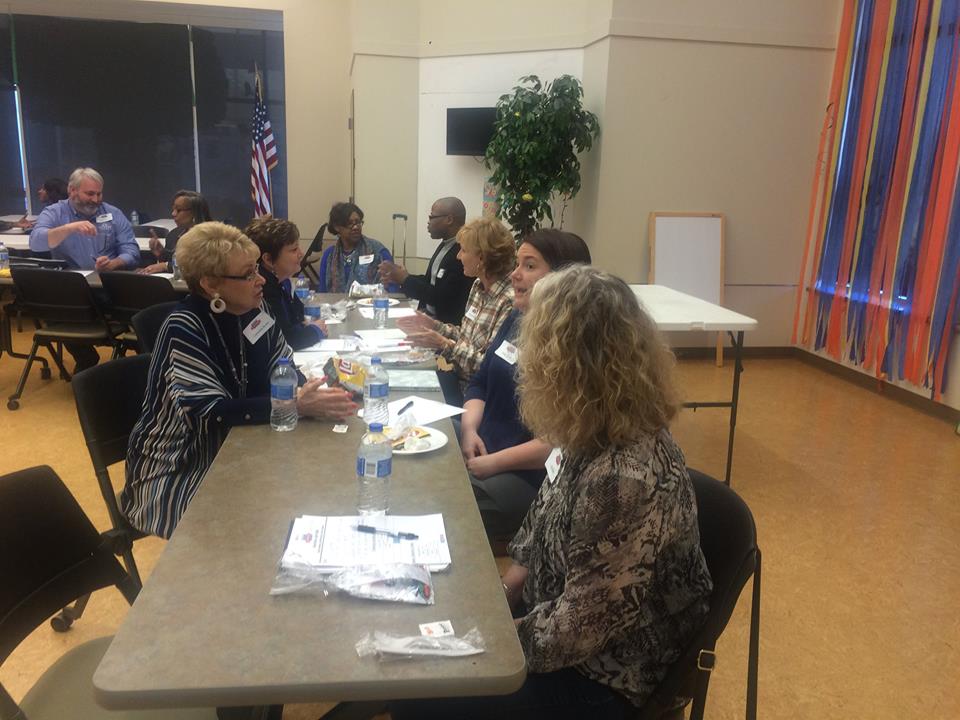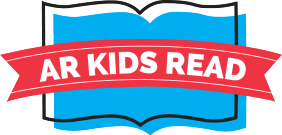
Understanding Poverty to Motivate Students
Last week AR Kids Read hosted a tutor workshop on relevant topics influencing education in Central Arkansas and America as a whole: Poverty and Motivation. We received great feedback on the content and discussion. Hopefully this short article will be ample starting ground for thoughts and action on these topics.
Poverty
Does “Low Income” Mean Poverty?
nitially, it is important to note that we are not suggesting that every student we serve is a product of poverty. Yet, with over half of Arkansas students living in Low Income homes we must be aware of the impacts of financial instability on education. There are 4 types of poverty: Absolute, Relative, Situational, and Generational. See our Awareness and Skills Powerpoint or Click Here to read an article published by AmeriCorps VISTA for more information on distinguishing marks of each type.
Students living in poverty are lacking, to some extent, access to 5 key resources: Financial, Emotional, Mental, Support Systems, and Role Models.
- Financial: More than cash. Includes: credit, property, and equity.
- Emotional: Ability to process emotion is less developed in children who grow up poverty. (Noble et al., 2012)
- Mental: Children raised in stressful homes have less control over mental skills required to get work done. (Evans & Schamberg, 2009)
- Support Systems: Having friends, family, backup resources and knowledge bases available to access in times of need.
- Role Models: Having access to adults who are nurturing and do not engage in self-destructive behavior.
Can I Address This?
Support systems and role models are the two pieces we believe YOU, as a tutor, can address. From Maslow’s Hierarchy of needs we know that you cannot address a child’s self-esteem when they are hungry. In the same way, you cannot make a student care about school when they feel insecure. By providing a sense of belongingness, acceptance, and compassion through a consistent tutor-mentor relationship we believe that each week is building skills in the student. These skills go beyond reading comprehension and vocabulary (although that is our goal), a natural by-product of a good tutor relationship models perseverance, critical thinking, acceptable social and conversation skills.
How?
This is (hopefully) an inspiring perspective, but now the question remains… How do I get there?? How do I get a shy student talking? Or a talkative student on task??
First let’s recognize the driving force behind those 2 situations… What causes students to not talk or talk too much? Research petitions that desire for autonomy is the root. Desire for autonomy shows itself in resistance. Resisting conversation or resisting staying on task. In seeing the student as a whole person, not reducing him/her to a situation, we recognize that resistance is not a force for us to overcome, but a cue that we need to change strategies in order to engage the student in a meaningful way. With this in mind, when a student is resistant we have decided to just roll with it. Instead of pushing for the thing they are acting against… let’s reroute… maybe ask what they student is interested in learning about- chase that rabbit trail for a bit, then bring it back to reading. A simple phrase such as, “What would you do if you were the main character?” can engage the student’s mind and heart.
Additional principles include Expressing Empathy, Developing Discrepancy, and Facilitating Change Talk. More information on engaging principles and techniques to come!


Evans, G. W., & Schamberg, M. A. (2009). Childhood poverty, chronic stress, and adult working memory. Proceedings of the National Academy of Sciences, 106(16), 6545-6549. doi:10.1073/pnas.0811910106
Noble, K. G., Houston, S. M., Kan, E., & Sowell, E. R. (2012). Neural correlates of socioeconomic status in the developing human brain. Developmental Science, 15(4), 516-527. doi:10.1111/j.1467-7687.2012.01147.x
